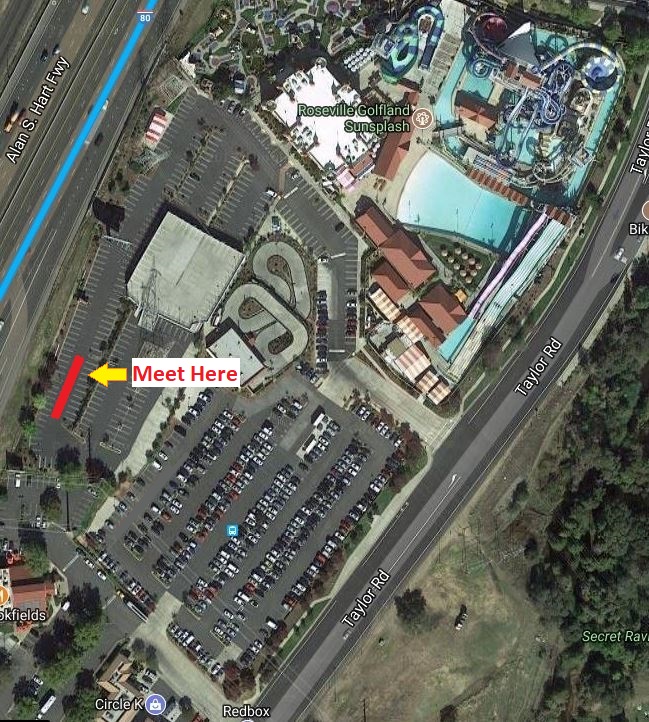
| Name | Canoe 1 | Canoe 2 | Canoe 3 | Canoe 4 | Canoe 5 | Canoe 6 | Canoe 7 | |
| BH | 1 | 1 | ||||||
| JC | 1 | 1 | ||||||
| CI | 1 | 1 | ||||||
| CA | 1 | 1 | ||||||
| EK | 1 | 1 | ||||||
| IH | 1 | 1 | ||||||
| JC | 1 | 1 | ||||||
| JI | 1 | 1 | ||||||
| JH | 1 | 1 | ||||||
| LH | 1 | 1 | ||||||
| PI | 1 | 1 | ||||||
| SH | 1 | 1 | ||||||
| TN | 1 | 1 | ||||||
| TI | 1 | 1 | ||||||
| 2 | 3 | 2 | 2 | 2 | 2 | 1 | 14 |
/https://media.azurestandard.com/files/ad350149-690d-4e62-b369-a42c1ae65489)
| Day | Miles | Avg Mov Spd | Duration | Start | Finish |
|---|---|---|---|---|---|
| 1 - Skippers Cove to Longs Point | 2.73 | 2.3 | 1 hrs 12 mins | 2:39 PM | 3:51 PM |
| 2 - Longs Point to Point Defiance | 4.04 | 1.52 | 3 hrs 11 mins | 10:22 AM | 1:33 PM |
| 2 - Point Defiance to Covered Bridge View | .826 | 1.74 | 0 hrs 34 mins | 1:33 PM | 2:07 PM |
| 2 - Covered Bridge View to Point Defiance | .826 | 4.04 | 0 hrs 29 mins | 2:21 AM | 2:50 PM |
| 2 - Point Defiance to Longs Point | 4.04 | 2.3 | 2 hrs 7 mins | 2:50 PM | 4:29 PM |
| 3 - Longs Point to Skippers Cove | 2.98 | 1.3 | 2 hrs 15 mins | 9:37 AM | 6:42 PM |
| All | 15.40 | 1.85 | 8 hrs 45 mins | ||

